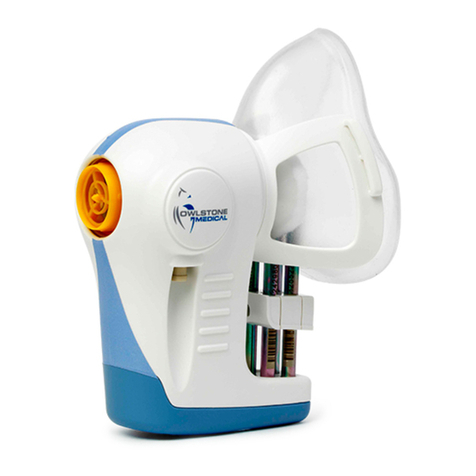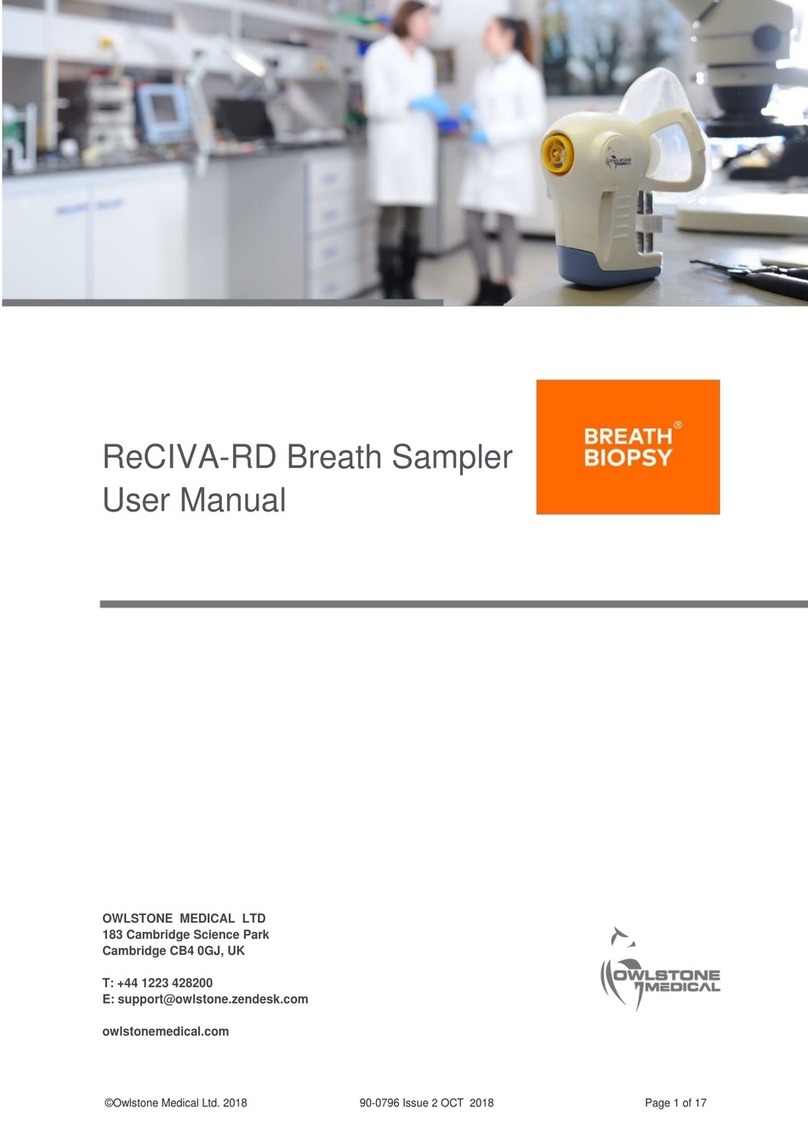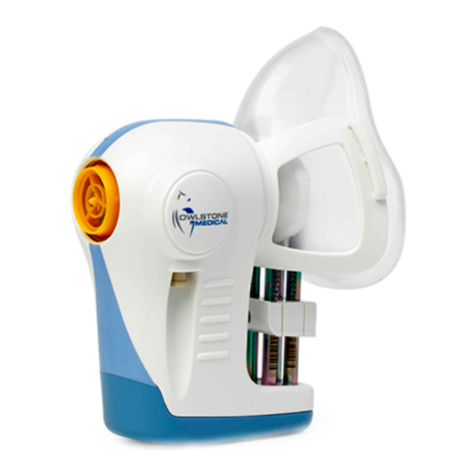90-0761 V4
© 2018 Owlstone Medical Ltd Proprietary and Confidential Page 3 of 22
Copyright
©2018 Owlstone Medical Ltd. All rights reserved. Owlstone Medical Ltd provides this user manual to
its customers to use for controlling an ultraFAIMS-T1 system. This manual is copyright protected and
no part of this publication may be reproduced, transmitted, transcribed, stored in a retrieval system
or translated into any language or computer language, in any form or by any means, without the
prior written permission of Owlstone Medical Ltd
Disclaimer
Owlstone Medical Ltd makes no representations or warranties, either expressed or implied, with
respect to the contents hereof and specifically disclaims any warranties, merchantability or fitness for
any particular purpose. Furthermore, Owlstone Medical Ltd reserves the right to revise this
publication and to make changes from time to time in the contents hereof without obligation of
Owlstone Medical Ltd to notify any person of such revision or changes.
Notice of Proper Use of Owlstone Medical Ltd Instruments
The supplied system is in compliance with international regulations. If this system is used in a
manner not specified by Owlstone Medical Ltd, the protection provided by the system could be
impaired
Safety notice
Always observe the following safety precautions
Use only the mains adaptor and leads supplied.
This equipment is for use in moderate climates only (see Appendix). Do not use the equipment in
damp or wet conditions.
Avoid excessive heat, humidity, dust & vibration.
Do not use where the equipment may be subjected to dripping or splashing liquids.
Do not block the cooling duct whilst system is in operation.
































